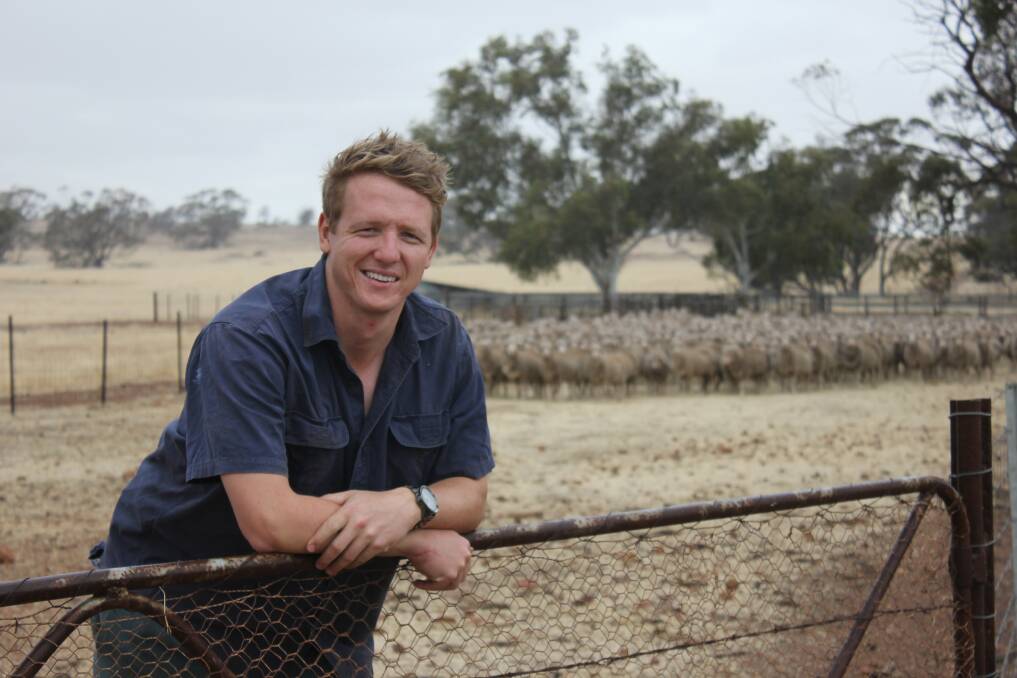
The price of farmland across the state is shooting up as Tasmanian farmers look to capitalize on a strong agricultural sector.
Subscribe now for unlimited access.
or signup to continue reading
According to a new report by Rabobank, the price of agricultural land in the state jumped a staggering 28.3 per cent between 2019 and 2020, outpacing the other frontrunners Victoria, Queensland and Western Australia, which recorded growth of 15.8 per cent, 15 per cent and 14.1 per cent, respectively.
Rabobank senior analyst Wes Lefroy attributed Australia's booming agricultural sector to good rainfall, strong commodity prices and low interest rates. The report also mentions how a "fear of missing out" - or FOMO - amongst farmers is motivating land buyers who want to buy bigger and grow more under the strong market conditions.
Looking forward, Mr Lefroy expects land prices to remain strong as low interest rates and buoyed commodity prices continue to support farmers' buying power.
"We think it's likely that commodity prices will remain supportive for the next 24 months, while we expect interest rates will stay at record lows until at least 2024," Mr Lefroy added.
All this, combined with a bottleneck in available land to purchase is expected to keep the farmland market competitive in the near term.
"Nationally, our research is showing that farmer purchasing intentions are at the highest point in at least the past five years, with nine per cent of Australian farmers reporting that they intend to buy land within 12 months," Mr Lefroy said.
Speaking to The Examiner on the future of Tasmanian farmland prices specifically, Mr Lefroy noted the high and reliable rainfall in the state's North-West would likely keep supporting demand from both regional and corporate buyers, especially in '"such a small market".
Meanwhile, Real Estate Institute of Tasmania president Mandy Welling - who will be leaving her role as head of the Institute later this week - called the double-digit rise in land prices "exciting" for the industry overall.
READ MORE: Tourist spending in Tasmania plummets
She also noted that, amid shortage in available agricultural land for sale, sites that had previously been used for stock and cattle purposes were being bought up and transformed for use as orchards and vineyards. Likewise, many established farms are sectioning off areas and diversifying to benefit from high commodity prices across the board.
The sharp rise in the price of farmland has mirrored a similar price hike in the residential market, with house prices in Launceston jumping more than 22 per cent year on year in the last REIT quarterly report.
What do you think? Send us a letter to the editor:















